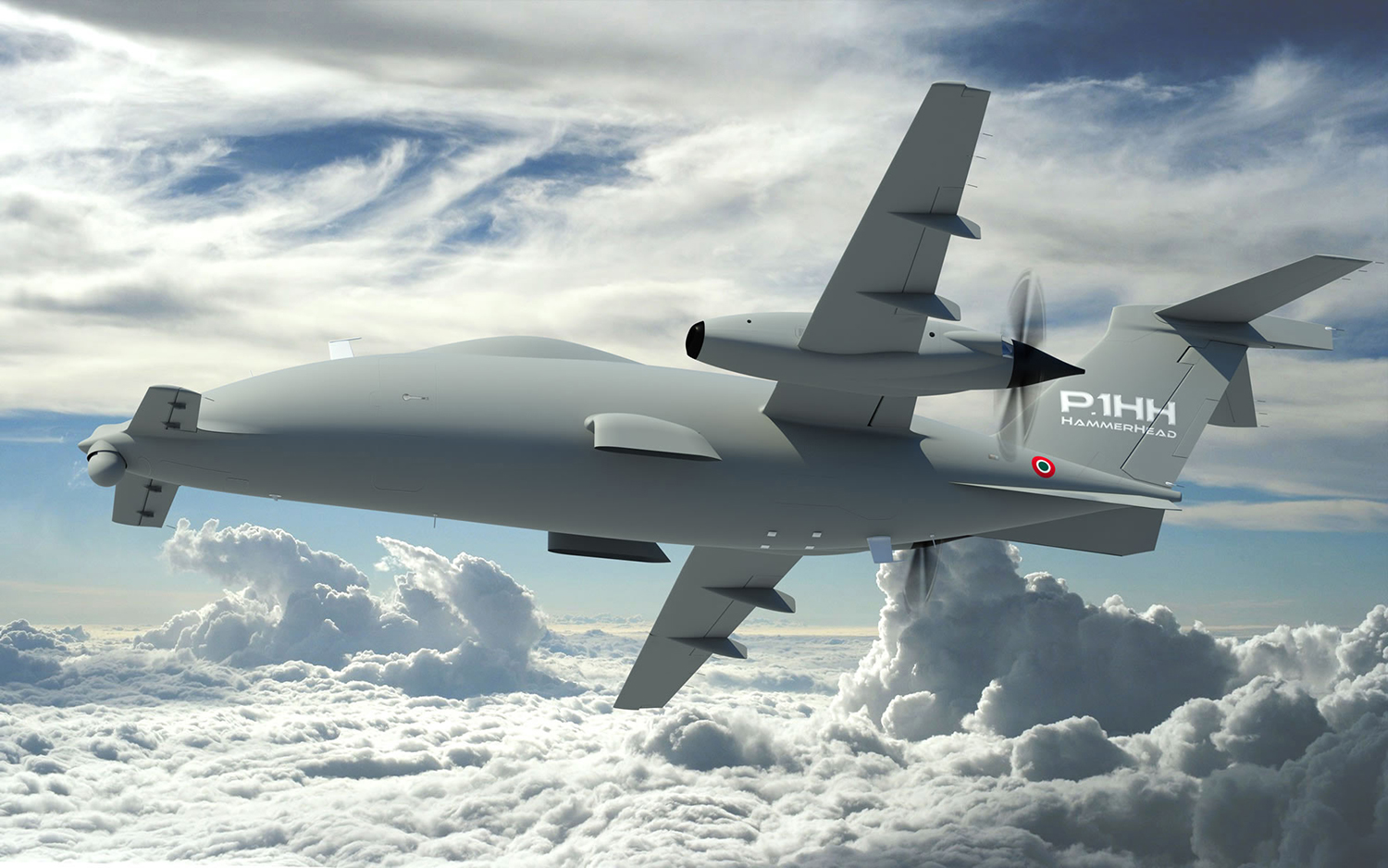Crash of a Piaggio P1.HH HammerHead off Levanzo Island
Date & Time:
May 31, 2016 at 1140 LT
Registration:
CPX621
Schedule:
Trapani - Trapani
Crew on board:
0
Crew fatalities:
Pax on board:
0
Pax fatalities:
Other fatalities:
Total fatalities:
0
Circumstances:
Based on a Piaggio P.180 Avanti, the Piaggio P.1HH HammerHead is a drone prototype. Engaged in a series of test as part of the certification program, the twin engine aircraft left Trapani-Vincenzo Florio Airport at 1120LT for a local test flight. About 20 minutes later, the contact was lost with the ground station and the aircraft crashed into the sea about 8 km north of the Levanzo Island. The aircraft was lost.





